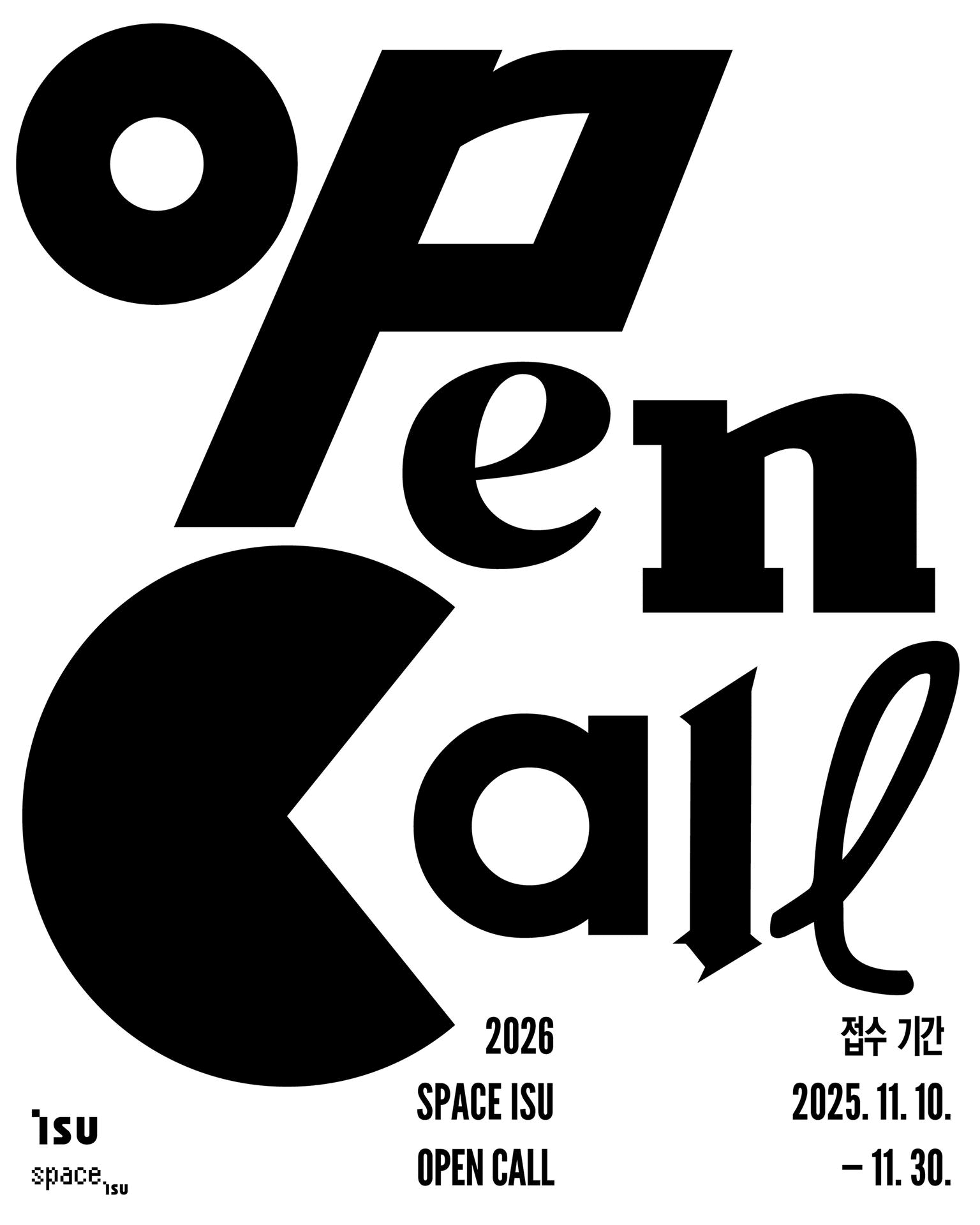Space ISU

지난 50여 년간 더 나은 미래를 위해 끊임없이 새로운 도전과 혁신을 이어온 이수그룹이 예술을 통한 삶의 질 향상에 기여하고자 2020년 6월 예술공간 Space ISU를 오픈했습니다.
출구(Sorties)
이수그룹의 문화예술 공간 ‘스페이스 이수’는 2025년 8월 25일부터 11월 14일까지 여성의 언어와 신체에 관해 사유하는 작가들을 조명하는 전시 «출구(Sorties)»를 개최한다. 전시의 제목은 프랑스의 페미니즘 이론가이자 작가인 엘렌 식수(Hélène Cixous, b. 1937)의 저서 「출구」(1975)에서 가져온 것으로 이성/감정, 로고스/파토스, 능동성/수동성, 문화/자연, 남성/여성 등 기존의 이분법적 가치 체계에서 탈중심화하기 위한 ‘나감’, ‘탈출’, ‘출격’, ‘돌격’ 등을 의미한다. 식수가 말한 ‘여성적 글쓰기(écriture féminine)’란 수동적으로 대상화되거나 왜곡되었던 여성성을 새롭게 정의하기 위한 것이자 기존의 남성적 언어 구조를 바꾸는 실천 전략으로서 억압적 질서에서 벗어나 해방의 공간을 마련하기 위한 제안이다.
이번 전시는 그동안 남성적 언어로는 쓰이지 않던 것들, 사라진 것들, 버려진 것들, 남겨진 것들, 연약한 것들, 사적인 것들, 설명할 수 없는 것들을 세심하게 주목하여 미술에서 여성의 언어와 신체에 대한 또 다른 접근법을 모색하는 작가들의 작업을 소개한다. 이들은 신문 기사, 소설, 노래 가사에서 발췌한 텍스트를 실이나 구슬로 꿰어 또 다른 방식으로 다시 쓰고(고산금, ‹여성의 자각이 인류해방요소›), 학생들이 공부하면서 교과서에 표시한 흔적이나 길거리에 넘어져 있는 사소한 사물을 주목하여 예술적 글쓰기, 곧 작품으로 전환하고(양혜규, ‹무명 학생 작가들의 흔적›, ‹형상적인 넘어짐›), 원주민의 언어를 휘파람 소리로 변환하여 사라져 가는 언어와 역사를 소중하게 되살리고(갈라 포라스-김, ‹휘파람과 언어 변형›), 폭력적인 역사의 사건을 고문받고 파괴되었지만, 다시금 생명력을 펼칠 천사의 모습으로 애도하고(세실리아 비쿠냐, ‹엔젤 토르투라도(고문받는 천사)›), 한 가정의 어머니로서 작가 자신의 가장 내밀하고 일상적인 모습을 천 조각들을 꿰매어 직조하고(빌리 장게와, ‹내 침대 곁의 천사›), 여성의 몸에 관한 끊임없는 질문과 탐구를 통해 여성과 기계, 유기체와 기계, 여성과 괴물 등 경계를 무너뜨리며 변신하는 존재로서의 여성을 사유하고(이불, ‹링거›, ‹스틸›), 남성중심적 미술사의 흐름 가운데 새로운 재료 탐구를 통해 끊임없이 변화하는 빛을 회화 평면 위에서 구현하는(메리 코스, ‹무제(검은빛 회화)›) 등 미술 언어의 확장성을 모색한다.
«출구(Sorties)»전은 복잡화, 다면화되어 가는 여성의 정체성에 대해 고민해 온 작가들의 작업을 ‘언어’와 ‘신체’라는 키워드로 조명함으로써 대문자 세계에서 지워진 목소리들에 귀 기울여 보고자 한다. 이번 전시에서 만나는 작가들은 기존의 이분법이나 고착화된 문법으로는 설명될 수 없는 여성의 ‘말과 몸’을 저마다의 언어로 다시금 써 내려감으로써 ‘여성적 글쓰기’라는 해방의 공간으로 향하는 ‘출구’로 우리를 안내한다. 이번 전시를 통해 동시대 여성 작가들의 작업을 살펴보며 ‘여성적 글쓰기’의 전복적 힘과 즐거움을 발견하기를 제안한다.
Sorties
Space ISU, the cultural arts venue of ISU Group, presents “Sorties” from August 25 to November 14, 2025. The exhibition highlights artists who reflect on women’s language and the body. Its title is taken from “Sorties” (1975) by French feminist theorist and writer Hélène Cixous’s (b. 1937) and refers to “exit,” “escape,” “sally,” and “charge” as movements toward decentering established binary value systems such as reason/emotion, logos/pathos, active/passive, culture/nature, and male/female. Cixous’s concept of “feminine writing” (écriture féminine) proposes a way to newly define femininity, which has long been passively objectified or distorted, while also offering a practical strategy for transforming the dominant masculine structure of language, ultimately aiming to create a space of liberation from oppressive systems.
This exhibition introduces the work of artists who explore alternative approaches to women’s language and body in art, turning their attention to what has gone unwritten in masculine language, the vanished, the discarded, the left behind, the fragile, the private, and the inexplicable. These artists explore the expansive potential of artistic language through diverse practices. In Women’s Consciousness Taking Over to the Human Liberation, Koh San Keum strings together excerpts from newspaper articles, novels, and song lyrics using thread and beads. In Traces of Anonymous Pupil Authors and Figurative Fall-Over, Haegue Yang transforms the marks left by students in textbooks and overlooked objects found on the street into forms of artistic writing—into artworks themselves. Gala Porras-Kim carefully excavates vanishing languages and histories by translating Indigenous languages into whistle sounds, as seen in Whistling and Language Transfiguration. In Angel Torturado (Torture Angel), Cecilia Vicuña mourns the violent history of Chile’s 1973 coup d'état through the image of an angel—tortured and destroyed, yet poised once more to unfold its life force. Billie Zangewa weaves scraps of fabric into a collage that depicts her most intimate and everyday life as a mother in An Angel at My Bedside. In Linger and Still, Lee Bul reflects on woman as a transforming being, through ongoing inquiry into the female body, while examining the relationship between woman and machine, organism and mechanism, woman and monster. Finally, Mary Corse’s Untitled (Black Light Painting) captures the endlessly shifting qualities of light across the surface of the canvas, expanding the language of painting through material experimentation within the male-dominated currents of art history.
“Sorties” highlights the work of artists who have long engaged with the increasingly complex and multifaceted nature of women’s identities, focusing on the themes of feminine language and the body. Through this exhibition, we invite you to explore the ever-diversifying practices of contemporary women artists and to encounter the subversive power and its pleasure in feminine writing.

-
- 전시 기간
- 2025.8.25 — 2025.11.14
-
- 운영 시간
- 월요일–금요일, 오후 1시–6시 (토, 일 및 공휴일 휴관)
-
- 참여 작가
- 갈라 포라스-김, 고산금, 메리 코스, 빌리 장게와, 세실리아 비쿠냐, 양혜규, 이불
-
- 주최
- 이수그룹
-
- 주관
- 스페이스 포 컨템포러리 아트
지난 전시
스페이스 이수의 지난 전시 작품을 소개합니다.
스페이스 이수 오시는길
(06575) 서울특별시 서초구 사평대로 84
서울특별시 서초구 반포동 112-4
- 주차
- 최초 30분 무료, 이후 15분당 1,000원







